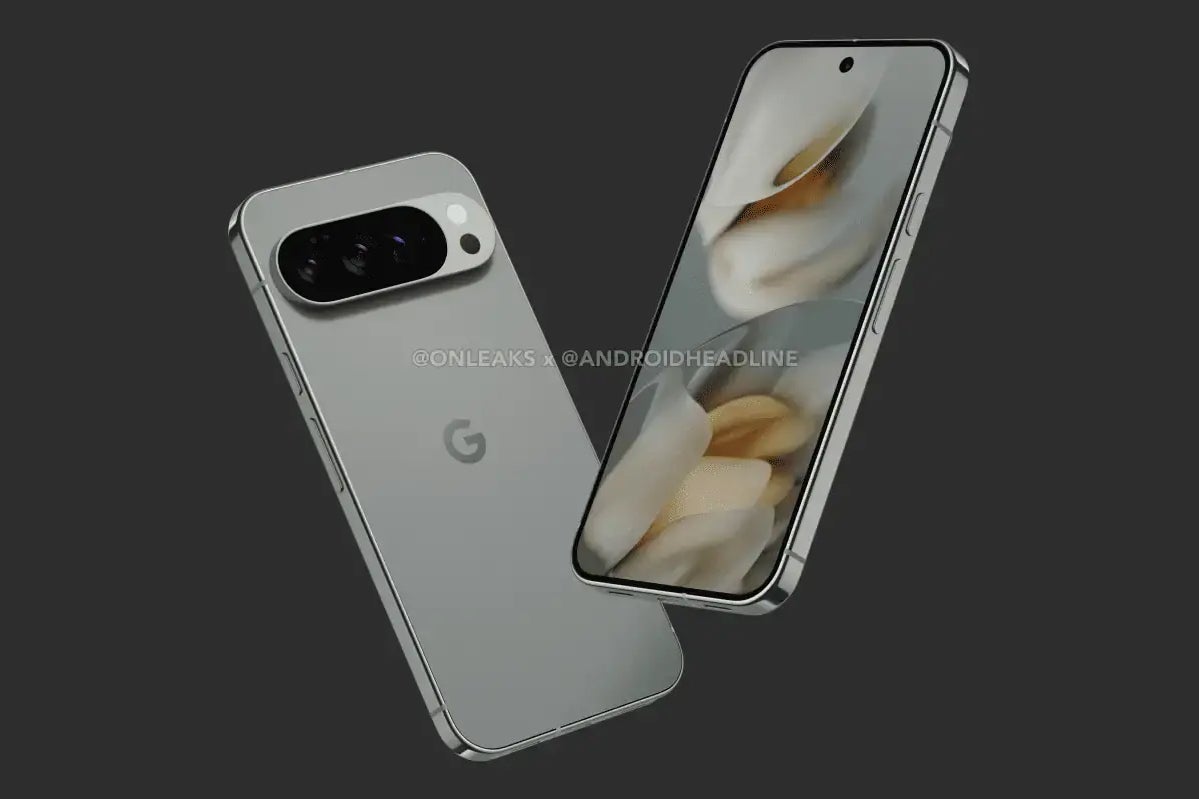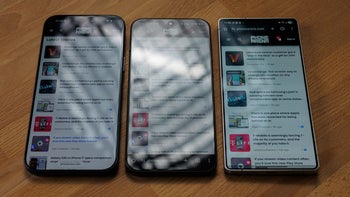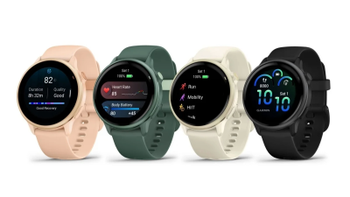Google Pixel 10 reportedly fixes a screen issue that iPhone and Galaxy devices addressed years ago
New leak hints at subtle but meaningful upgrades, with one feature limited to only some models

A new report suggests that Google might finally be making a key change to its Pixel displays. According to a new report, the Pixel 10 Pro could feature both brighter screens and a higher PWM (Pulse Width Modulation) refresh rate, something Pixel users have asked for over the years.
PWM is how a screen dims its brightness, and if the rate is too low, it can cause eye strain or headaches for some people. While not everyone notices it, it's been a known concern for sensitive users. Until now, Google's phones have used a PWM rate lower than what's found on many other flagship devices. For example, the iPhone 16 Pro and the Samsung Galaxy S25 Ultra have a 480Hz PWM, which reduces eye strain for many users.
Because of this, some Pixel users have relied on software mods to work around the issue, but Google has not made the change itself — at least, not yet.
The aforementioned report claims that the Pixel 10 Pro will double the PWM refresh rate to 480Hz, up from 240Hz on the Pixel 9 Pro. That would put it more in line with displays on phones from Apple and Samsung.
However, the change may only apply to the Pro model. The base Pixel 10 and the Pixel 10 Pro Fold are both expected to stay at 240Hz, meaning the upgrade won't be consistent across the lineup.

Leaked CAD renders of the Google Pixel 10 Pro XL. | Image credit — Android Headlines | OnLeaks
All Pixel 10 models may get brighter displays, though. According to the report, the base Pixel 10 is expected to reach a declared HDR brightness of 2,000 nits, up from 1,800 nits. The Pixel 10 Pro and Pro XL might reach 2,250 nits, up from 2,050 nits. The Pixel 10 Pro Fold could see 1,850 nits on its main display and 2,050 nits on the outer screen. These numbers suggest about a 10 percent increase compared to previous models.
Still, these brightness numbers refer to what's written in the software. Real-world brightness could be higher or vary depending on the content. For reference, Google advertised 3,000 nits of peak brightness on last year's Pixel 9 Pro. So while the new figures are useful for comparison, they may not reflect actual peak performance.
It's important to note that at this time, this information is based on an unconfirmed report. However, if these changes do happen, they would bring helpful improvements to the Pixel lineup, especially for users who are sensitive to display flicker. But the uneven rollout of these upgrades could still be a point of criticism.
Follow us on Google News





![New T-Mobile CEO has everyone on the edge of their seats with new teaser [UPDATED]](https://m-cdn.phonearena.com/images/article/175840-wide-two_350/New-T-Mobile-CEO-has-everyone-on-the-edge-of-their-seats-with-new-teaser-UPDATED.webp)







Things that are NOT allowed:
To help keep our community safe and free from spam, we apply temporary limits to newly created accounts: